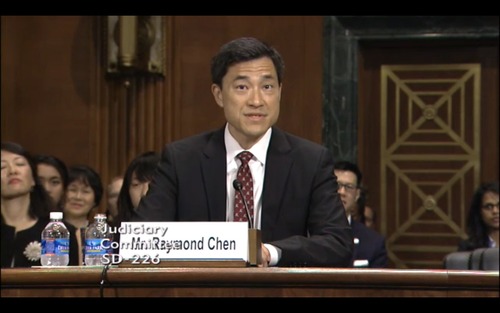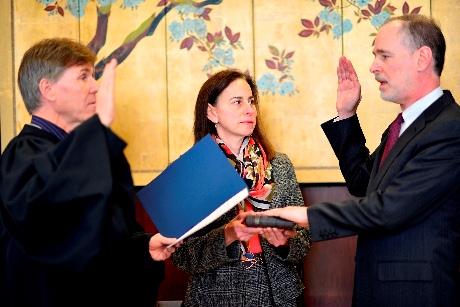It would be interesting to see a plot of the rise and fall of use of the term “the present invention” in patent applications. With cases like Scimed v. Advanced Cardiovascular Systems, 242 F.3d 1337 (Fed. Cir. 2001) and Honeywell v. I.T.T., 452 F.3d 1312 (Fed. Cir. 2006), I suspect there has been a precipitous drop in use of “the present invention” as a stand-alone phrase. The oral arguments in recent appeals in the pharmaceutical arena highlighted the issue once again.
In the appeal of Albany Molecular Research, Inc. v. Dr. Reddy’s Labs, Ltd., No. 2011-1232 (a case that settled after oral argument), Judge Bryson raised the issue of “the present invention” language with the patent owner’s counsel: [Listen]. Later in the oral argument, the attorney for the opposing side asserted that the stand-alone phrase had limiting effect, as well: [Listen].
Subsequent to that first oral argument, a second oral argument was held in the case of Aventis Pharmaceuticals, Inc. et al. v. TEVA Pharmaceuticals USA, Inc. et. al, 2011-1335, -1336 (Fed. Cir. 2013). The two cases concerned different patents that share a common specification. During the second oral argument, a discussion of “the present invention” language once again took place. Judge Bryson asked the attorney for the patent owner whether the language “the present invention” was limiting: [Listen]. Later in the oral argument, the attorney for the opposing side advocated for a limiting claim construction based on the use of “the present invention” in the Abstract, Summary, and Detailed Description sections of the patent: [Listen].
While Judge Bryson seemed curious during both oral arguments about the impact of “the present invention” language, his dissent in the Aventis case (as well as the majority’s opinion) ultimately makes no mention of “the present invention” language.
You can listen to the entire oral argument of 2011-1232 here: [here].
You can listen to the entire oral argument of the Aventis case here: [here].
You can read the Aventis opinion here: [Link].

